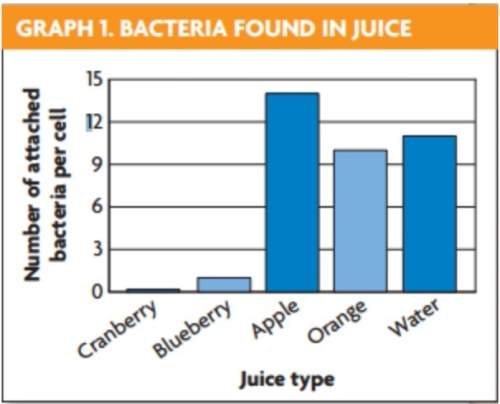
Biology, 10.10.2019 15:30 queenbb3787
What is the probability of a homozygous a blood type mom and a heterozygous b blood type dad having an o blood type offspring?

Answers: 3
Another question on Biology

Biology, 21.06.2019 22:00
Amale bird-of-paradise uses a dance to attract mates in which it flaps its tail feathers on the ground and jumps around a potential female mate. a different male bird-of-paradise does a similar dance but it jumps around the female in the opposite direction. the female bird is only attracted to one style of dance, in one direction. this is an example of speciation.
Answers: 3

Biology, 22.06.2019 02:20
What is the function of the somatic nervous system? connects the brain and the spinal cord to the rest of the body carry signals to the muscles and glands includes all nerves controlling the muscular system and external sensory receptors controls internal organs like the heart and bladder
Answers: 2

Biology, 22.06.2019 03:30
The human genome project is devoted to mapping the general dna sequence of our species. this could lead to the development of new medicines, as well as the possibility of using gene therapy to treat certain diseases. however, there are some ethical issues surrounding the mapping of individual genomes. one concern is a) that your genes may change over time, making the project useless. b) that insurance companies could discriminate based on genetic make-up. c) that since this has never been done before, we should probably not do it now. d) that sequencing our individual genomes is so expensive, it is a counter-productive strategy.
Answers: 1

Biology, 22.06.2019 03:30
Rease is an enzyme used by plants to break down urea (a nitrogen-containing compound) into carbon dioxide and ammonia. urease urea > > > carbon dioxide and ammonia ammonia is broken down by plants into a nitrogen source plants need to grow. thus, plants could not use urea as a nitrogen source unless it was first converted to ammonia. in soybean plants there are two different kinds of urease, one produced in the seeds and the other produced in the leaves of the plant. three types of soybean plants were used in a set of experiments: normal soybeans and two mutant strains, one lacking the urease in the seeds only (strain 1) and one lacking urease in the leaves only (strain 2). experiment 1 separate areas in a field were planted with normal, strain 1, and strain 2 soybeans. all types of soybeans appeared to grow, flower, and produce seeds equally well. there were no externally detectable differences among the strains. experiment 2 small pieces of plant leaves of equal weight were obtained from each type of soybean plant and separately placed on media in culture dishes. tissue growing in this way will become an unorganized clump of cells referred to as callus. to provide a controlled nitrogen source, half the tissue samples of each type were placed on media containing urea, and the other half of the samples were placed on media containing ammonia. after 30 days, the weight gain for each of the callus samples was determined. results are shown in the table below.
Answers: 2
You know the right answer?
What is the probability of a homozygous a blood type mom and a heterozygous b blood type dad having...
Questions


English, 23.05.2020 02:00


Mathematics, 23.05.2020 02:00


Mathematics, 23.05.2020 02:00


Mathematics, 23.05.2020 02:00


Mathematics, 23.05.2020 02:00


Mathematics, 23.05.2020 02:00

Health, 23.05.2020 02:00

Mathematics, 23.05.2020 02:00


Mathematics, 23.05.2020 02:00


English, 23.05.2020 02:00

Mathematics, 23.05.2020 02:00

French, 23.05.2020 02:00




